When I got up Sunday morning, December 30, 2018, I wasn’t ready for an adventure. I was staying in the guesthouse of the Arua, Uganda diocesan radio station, and I had not slept well. I was awake most of the night as the dogs who patrolled the property after dark barked incessantly. Nothing had been wrong; a new dog had been added to their pack the previous day and they were just being dogs.
My friend Sherry Meyer, a lay missionary in Arua since 1991, and Tonino Pasolini, a now 82-year-old Comboni priest, had plans to visit one of the 28 worshipping communities (or chapels) of Aripea Parish, an assignment the bishop of Arua had given them nine months earlier. They had warmly welcomed me to the northwest corner of Uganda and showed me their principal work of running a three-frequency Catholic radio station, Radio Pacis. They took care of Aripea Parish on weekends. I felt obliged to accompany them for their Sunday ministry.
After eating a hasty breakfast and packing supplies, we headed out to Ogboa Chapel, a local community they were visiting for the First time. First communions would be celebrated that morning; as we approached the turnoff, a group of children dressed in white shirts and blouses with dark pants and skirts met us along the road waving a banana leaf to welcome us. With them was Alfred, the catechist overseeing this zone of the parish. He climbed into our vehicle and directed us to proceed on what looked like a footpath.
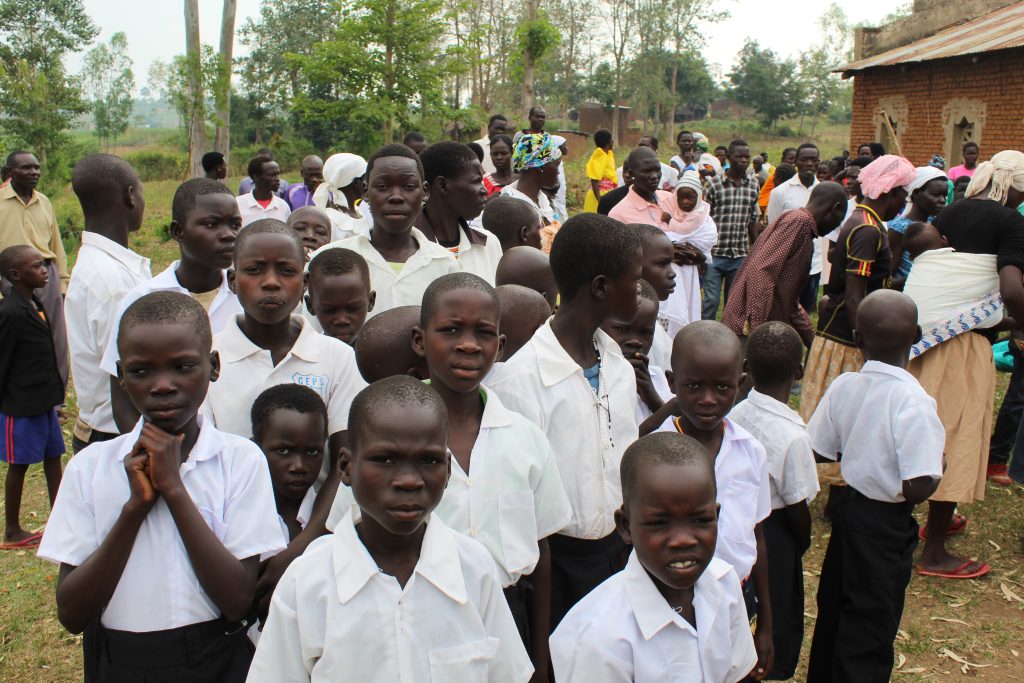
We traveled slowly, dodging stumps and boulders. Every inquiry about how close we were to the chapel was met with “it’s just up there.” When we arrived, a smattering of the expected 24 first communicants, including those who greeted us at the turnoff, waited patiently in a corner of the chapel building.
Sherry began unpacking while Tonino approached the children. The conversation didn’t go smoothly. The children seemed shy and ill-prepared. When Alfred returned with the chapel’s catechist, I eventually understood that though we had traveled a mere 45 minutes, this area spoke a dialect of Lugbara unfamiliar to Tonino. At the same time, by teaching through the chapel’s catechist, Tonino was also instructing the catechist who needed to brush up on his eucharistic theology.
Drawn outside by music, I found the choir practicing and happy to be photographed in the act. People arriving came mostly on foot with a few bicycles parked alongside the building. By the time I went back into the chapel, the small space was getting full, and all those who would be receiving communion for the first time were present. Tonino was in the midst of leading a communal penance service. Participation was a mix of hesitation and enthusiasm.
Afterward, Tonino reviewed the liturgy with the choir while Sherry instructed some of the many who wanted to be altar servers. Then all of us gathered outside the chapel to begin the rite of baptism, which would also be part of our worship that day. Sherry arranged the babies and their parents and godparents in the front of what had become a large gathering. People, though anxious to cooperate and clearly excited, had difficulty following directions. The confusion was taxing. Just before we began, Tonino had a conversation that lit up his face with understanding; he turned to me and said, “They haven’t had Mass here in 4½ years.”
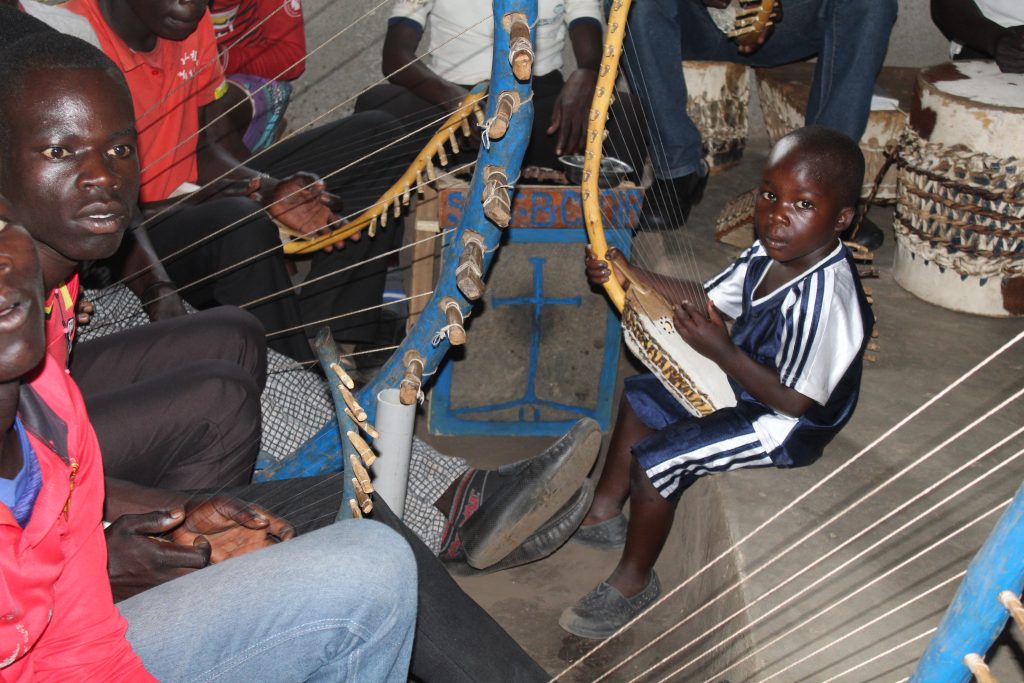
According to the Emmaus account, “then their eyes were opened” (Luke 24:31) and so it was for us. This explained the mix of eagerness and disorder, energy and timidity. The community had prayed together every Sunday and may have received the Eucharist if their catechist had traveled the day before to a eucharistic center, but they had not celebrated Mass in more than four years. They were both thrilled and out of practice.
The introductory rites of baptism and our processing into the chapel needed plenty of directions, but once everyone was situated and the liturgy of the Word began, the community returned to the familiar. This was their Sunday practice; the lectors proclaimed the Word slowly and distinctly. I can’t say that I understood the homily preached in Lugbara, but I think Tonino was tying the feast of the Holy Family to the sacraments of baptism and Eucharist being celebrated that day, giving special attention to those who would be receiving communion for the first time.
Joy and excitement grew as the baptismal rites were completed, as we prayed the liturgy of the Eucharist and shared communion with the first communicants. Communion, offered under both species to the entire congregation on this special day, took a long time, during which the choir sang song after song. Words cannot adequately describe the palpable gratitude I experienced that day, the unwarranted thanks I received for just being present. The feast that followed our prayer that day featured ample food, singing, numerous speeches, and the generous gift of a live goat. Tonino and another elder danced a traditional Lugbara dance. It felt like a taste of the promised new Jerusalem.
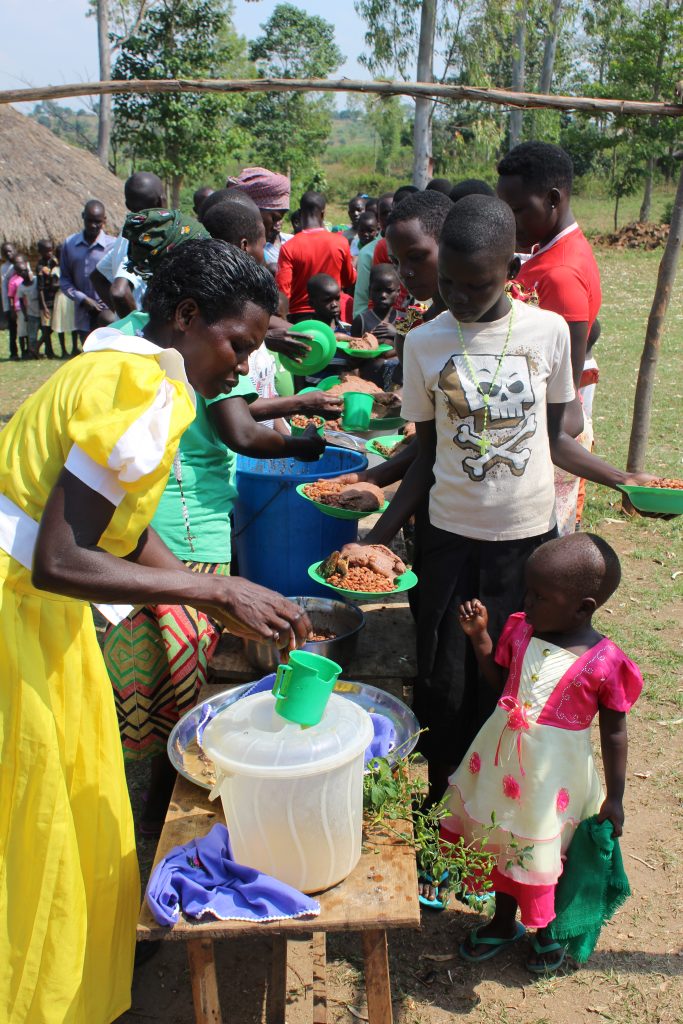
Of the many images I carry from that day, I remember how the anointings of baptism were received. In a place where oil is a precious commodity, the amply applied oil of catechumens and holy chrism became welcome gifts rubbed over these children’s bodies, worked into their hair. No one worried about clothing being stained; a few parents used their oily hands to anoint their own faces. I have never witnessed sacraments celebrated so physically and with such joy.
The diary I kept of that visit to Uganda contains numerous pages devoted to this day. I reread them regularly because I don’t want to forget what the members of the Ogboa Chapel community taught me that day: Access to the sacraments is not something I should take for granted, our local communities are the context for our lives, and what is truly important is worth waiting for.
This article also appears in the February 2022 issue of U.S. Catholic (Vol. 87, No. 2, pages 32-35). Click here to subscribe to the magazine.
Header image: Courtesy of Arua Diocese Media Centre
All other images: Courtesy of Jerry Bleem


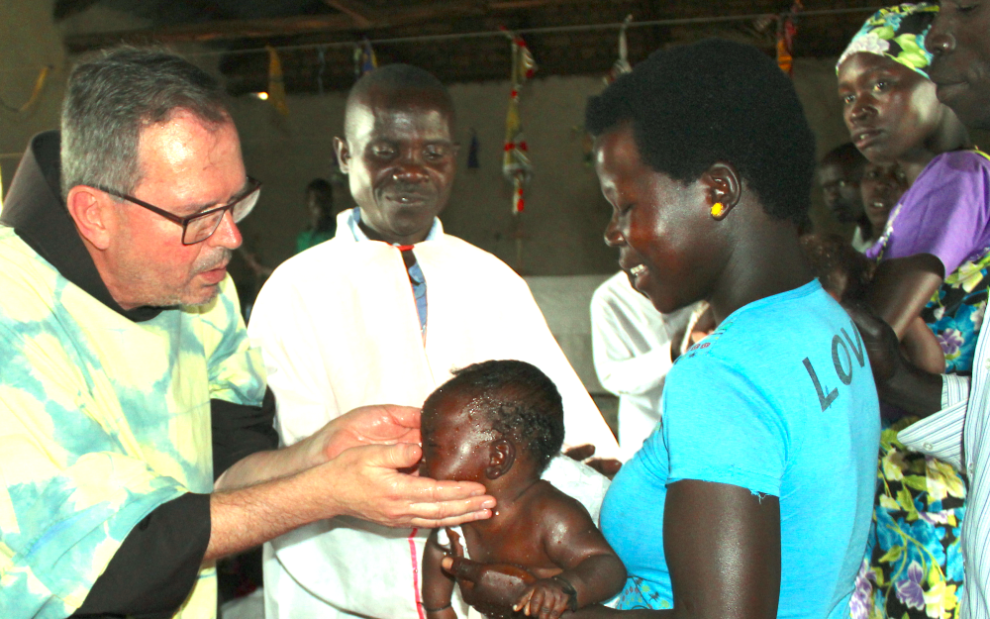



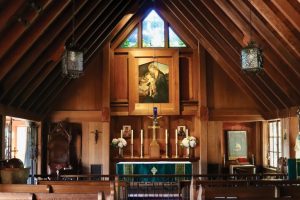
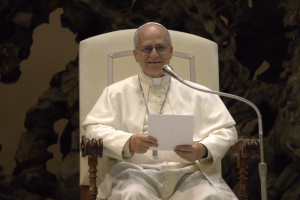







Add comment